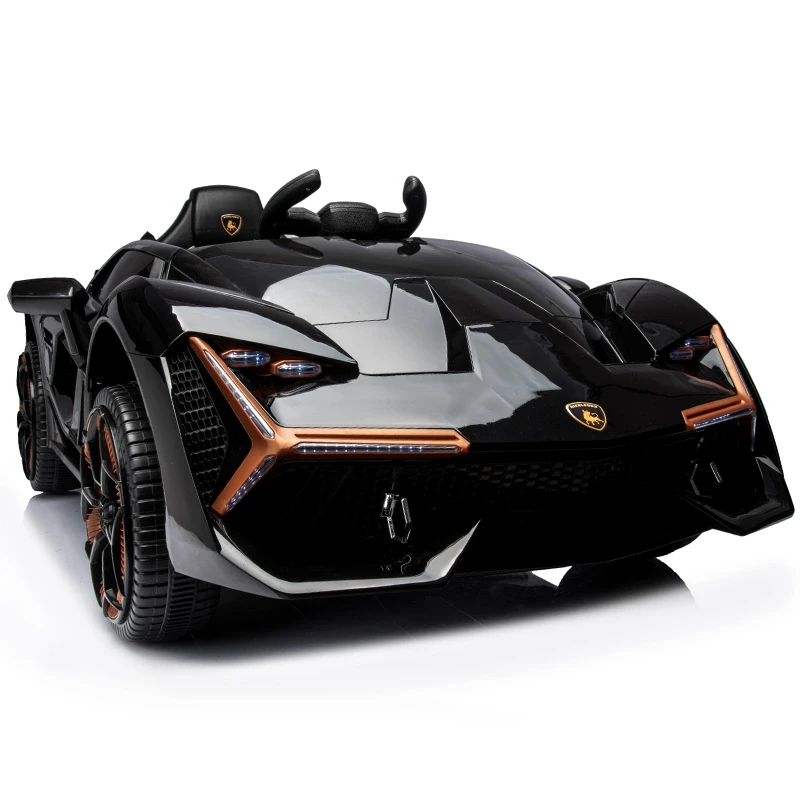Optimal Battery Solutions for Smart Balance Scooters and Their Performance Features
Smart Balance Scooter Battery Understanding Key Features and Maintenance
The advancement in personal transportation technology has given rise to various innovative vehicles, among which Smart Balance Scooters, or hoverboards, have gained immense popularity. At the heart of these devices lies an essential component the battery. Understanding the dynamics of Smart Balance scooter batteries is crucial for maximizing performance and ensuring longevity. This article delves into the types, specifications, maintenance, and safety measures related to these batteries.
Types of Batteries Used in Smart Balance Scooters
Most Smart Balance scooters are powered by lithium-ion batteries. Lithium-ion batteries are favored due to their high energy density, lightweight nature, and longer lifespan compared to traditional lead-acid batteries. A typical Smart Balance scooter battery ranges from 24V to 36V, with capacity often measured in amp-hours (Ah). Most commonly, you will encounter batteries with a 4.4Ah to 7Ah capacity, which can determine the range and performance of the scooter.
The battery not only affects the scooter's speed, which can reach up to 10-12 mph, but also its operational range. Depending on the weight of the rider and the type of terrain, Smart Balance scooters can travel between 12 to 15 miles on a single charge. Therefore, understanding your battery's specifications helps in optimizing your use of the scooter.
Charging Practices and Battery Life
Proper charging is crucial for battery longevity. Most Smart Balance scooters come with a charger specifically designed for the particular battery model. It's essential to use the correct charger to avoid damage. Typically, it takes around 2-3 hours to charge a fully depleted battery.
To extend the lifespan of the battery, users should follow a few best practices
1. Avoid Deep Discharges Regularly discharging the battery to very low levels can shorten its lifespan. It’s advisable to charge the battery when it is around 20% remaining.
smart balance scooter battery

2. Store Properly If you plan to store the scooter for an extended period, ensure the battery is charged to about 50%. Store it in a cool, dry place, as extreme temperatures can degrade battery performance.
3. Regular Use Frequent use can help maintain the battery’s health. If left unused for long periods, batteries can lose capacity quickly.
Signs of Battery Degradation
Like all batteries, the ones used in Smart Balance scooters have a limited lifespan, generally ranging from 300 to 500 full charging cycles. Riders should be aware of signs indicating battery degradation, including decreased range, longer charging times, or inconsistent power delivery while riding. If you observe these symptoms, it is best to consult the manufacturer for potential replacement options.
Safety Considerations
When it comes to battery usage, safety cannot be overlooked. Lithium-ion batteries, while generally safe, can pose risks if not handled correctly. Here are a few safety tips to consider
- Avoid Overcharging While modern chargers tend to prevent overcharging, it’s still wise to unplug the charger once the battery is fully charged. - Inspect for Damage Regularly check the battery for any signs of swelling, leaks, or physical damage. If any abnormalities are detected, refrain from using the scooter and seek professional assistance.
- Use Quality Chargers Make sure to use the manufacturer-recommended charger. Using inferior quality chargers can lead to overheating and potential fire hazards.
In conclusion, batteries are the lifeblood of Smart Balance scooters, directly affecting their performance and safety. By understanding the types, proper maintenance practices, and safety considerations, riders can enjoy the thrill of their scooters while ensuring longevity and reliability. Always remember that a well-maintained battery promotes a sustainable riding experience, allowing you to traverse your surroundings effortlessly and safely.
-
Understanding Voltage in Battery for Children's Motorized CarNewsJun.05,2025
-
Safety Features to Look for in an Electric Car for KidsNewsJun.05,2025
-
How to Teach Your Child to Ride a Kids MotorcycleNewsJun.05,2025
-
How to Prevent Falls on a Balanced ScooterNewsJun.05,2025
-
How to Maintain Your 3 Wheeled Scooter for LongevityNewsJun.05,2025
-
Best Motorcycle Scooters for Urban CommutingNewsJun.05,2025
